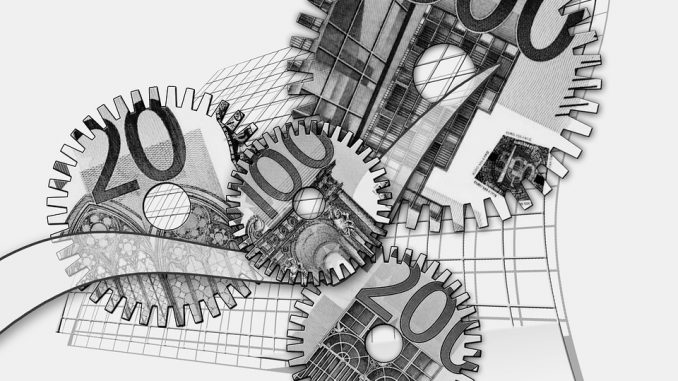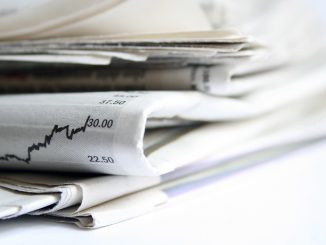
Economic growth in the United States slowed slightly more than expected in the fourth quarter of last year, with the strongest pace of consumer spending in three years and stocks draining.
The Commerce Department said in its second GDP estimate on Wednesday that gross domestic product (GDP) rose by 2.5% annually in the last three months of 2017, below the previous 2.6%. The economy seems to have lost momentum earlier this year, with recent data showing a drop in retail sales, home sales, durable goods and industrial production in January. In addition, the trade deficit widened last month as exports declined.
First quarter growth tends to be weak due to a seasonal turn, but is likely to accelerate for the remainder of 2018, with a stimulus from a $1.5 trillion tax cut and an increase in government spending. GDP growth for the first three months of the year is estimated at 1.8%.
Experts believe the economy will achieve Trump’s annual growth target of 3 percent this year, which could pressure the Federal Reserve to raise interest rates more sharply than currently expected. Federal Reserve Chairman Jerome Powell expressed an optimistic stance on the economy, saying: ”My personal outlook for the economy has strengthened since December.” This prompted traders to raise their bets on four interest rate increases.
The Fed had expected to raise interest rates three times this year, and financial markets are expecting the first increase in March. The economy grew by 2.3% in 2017, and 1.5% 2016. The domestic demand gauge expanded at its fastest pace since the third quarter of 2014, highlighting the strength of the economy. Consumer spending, which accounts for more than two-thirds of economic activity in the United States, grew by 3.8% in the fourth quarter. This was the fastest pace since the fourth quarter of 2014 and continued its 2.2% growth rate from July to September.
Companies have failed to produce enough to meet consumer spending requirements, resulting in an increase in imports being subtracted from GDP growth. Imports increased by 14%, more than the previous rate of 13.9%. This was the fastest pace since the third quarter of 2010, offsetting the rise in exports driven by the weak dollar.
The trade deficit fell by 1.13 percent from the GDP growth last quarter, the most in a year, after rising by 0.36 percent in the third quarter. Investment in home building increased by 13.0% from 11.6% previously reported. Government spending increased by 2.9%, falling from 3.0%, the fastest pace since the second quarter of 2015.




Be the first to comment